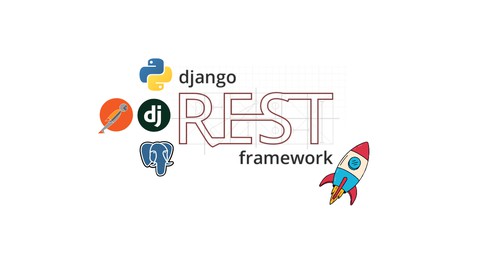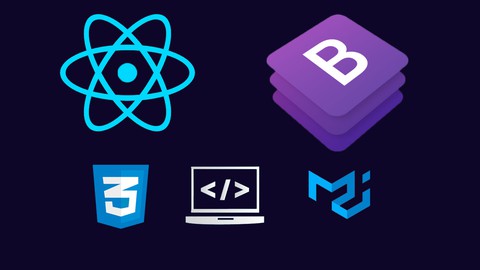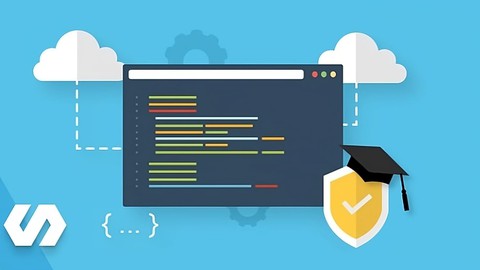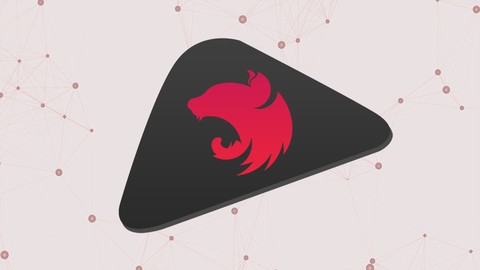Mastering REST APIs with FastAPI
Loại khoá học: Web Development
Build professional APIs using FastAPI, including 100% test coverage, background tasks, user authentication, and more!
Mô tả
With FastAPI you can build complete, high-performance APIs in days, and adding new features is blazing-fast. That's why FastAPI has become so popular in recent years.
In this course, I'll show you how to go from a blank slate to a complete, finished FastAPI application.
The project
We'll build social media API with user authentication, email sending, and file upload. Users will be able to register and log in using Bearer (JWT) tokens. They will be able to create posts, leave comments, and like existing posts.
We'll use Pydantic for data validation and encode/databases as our database connectivity library.
Advanced knowledge
Use background tasks in FastAPI to improve performance when running slow code, such as when sending emails (covered in the course) or when making slow requests to third party APIs (also covered).
Throughout the course we use an async database library, again to maximise performance, which is nonetheless straightforward to use. You'll learn about the different types of data relationships and how to model them, including many-to-many relationships.
You'll learn how to handle file uploads and what to do with the uploaded files, so you don't run out of server space.
Complete API testing
Finally, 100% of the code in this course has tests. You'll use pytest extensively to write integration and unit tests for the API. You'll learn about pytest fixtures, parametrization, and testing conventions.
Part of real-world development means logging! There's a lot of logging knowledge in this course, including how to set up the logging module properly, when to make logging calls, and where to store logs when your application is deployed.
Deployments
Of course, I'll show you how to deploy your FastAPI app using popular service Render. You can deploy your FastAPI app for free, but I'll also show you some paid options for improved performance.
We'll also look at application management, error handling with Sentry, and CI/CD with GitHub Actions.
If you use or want to use FastAPI, this course contains everything you need to develop complete, real-world APIs.
Let's get started. I'll see you on the inside!
Bạn sẽ học được gì
Gain broad experience with FastAPI
Understand how to test FastAPI apps using Pytest with 100% test coverage
Become a master of logging with the built-in logging module
Add user authentication with password hashing and Bearer tokens
Use an async SQL database and model one-to-many and many-to-many relationships
Send user emails when they register without a performance hit using background tasks
Handle file uploads and store them in a third-party service
Deploy your FastAPI apps to the cloud
Yêu cầu
- Some prior programming experience in any programming language.
- All software used in the course is provided, and completely free
- Complete beginners may wish to take a beginner Python course first, and then transition to this course afterwards
Nội dung khoá học
Viết Bình Luận
Khoá học liên quan

Đăng ký get khoá học Udemy - Unica - Gitiho giá chỉ 50k!
Get khoá học giá rẻ ngay trước khi bị fix.
















![Backend Master Class [Golang + Postgres + Kubernetes + gRPC]](/uploads/courses/udemy/3959106_03de_6.jpg)

Đánh giá của học viên
Bình luận khách hàng